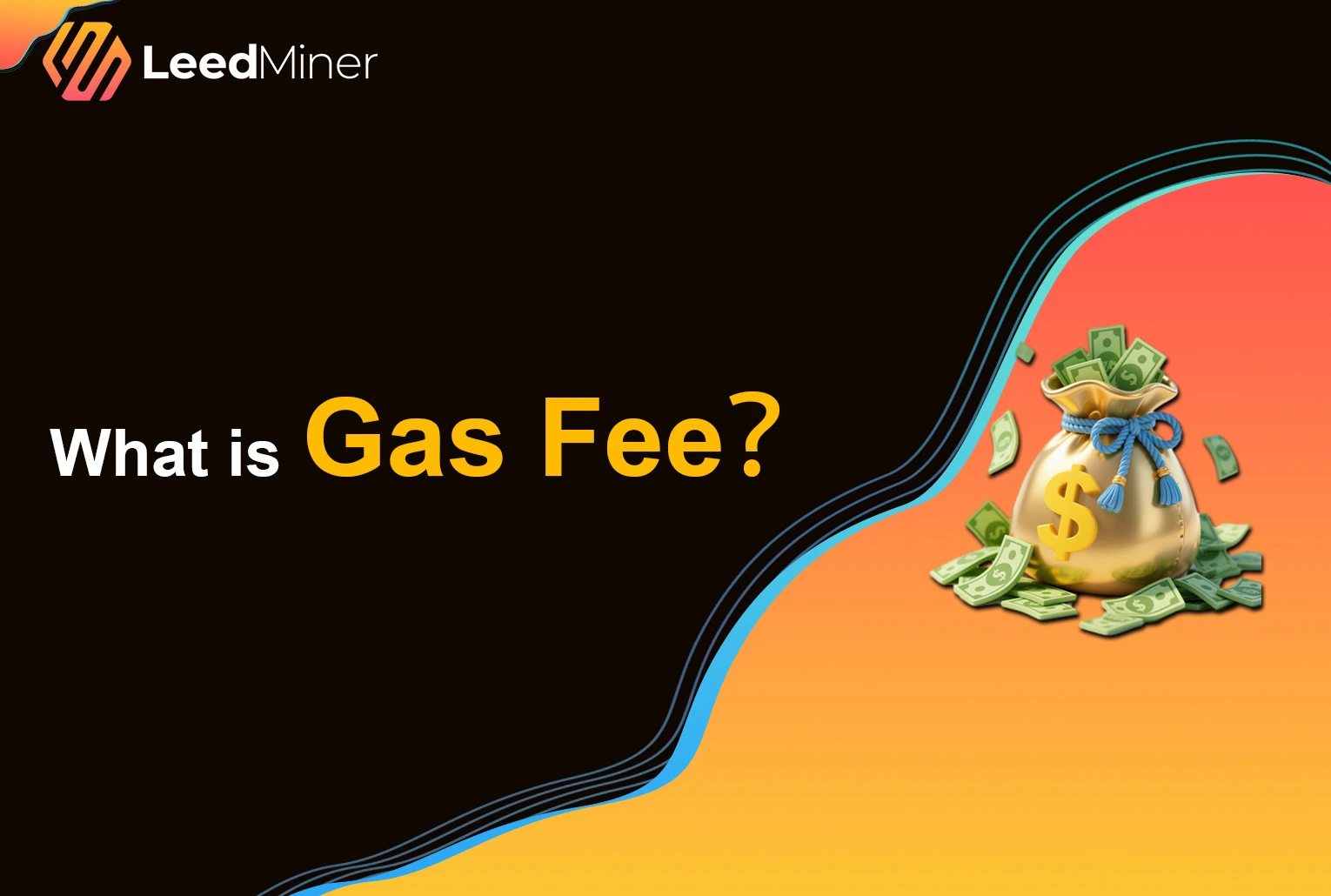SUMMARY
If you’ve ever interacted with a blockchain—whether transferring ETH, minting an NFT, or using a DeFi app—you’ve likely encountered a gas fee. This small but often surprising cost is what makes blockchain networks function securely and fairly. But what exactly is it?
Let’s dive into what gas fees are, how they work, why they can fluctuate wildly, and what you can do to manage them.
What does gas fee mean in crypto?
A gas fee is the amount of cryptocurrency you pay to execute a transaction or smart contract on a blockchain network. On Ethereum, this fee is denominated in Gwei, a small unit of ETH. Just like you might pay a toll to drive on a highway, you pay a gas fee to use the blockchain’s processing power.
The name “gas” comes from the idea of fueling a machine—your transaction needs computational energy, and gas pays for it. This energy is provided by miners or validators who secure the network and process transactions.
Gas fees apply not only to transfers, but also to more complex operations like swaps, NFT minting, and interacting with DeFi protocols. The more work your action requires, the more gas you need.
How is gas fee calculated in Ethereum?
Gas fees are calculated using two values: gas limit and gas price.
- The gas limit is the maximum amount of computational steps you allow for the transaction.
- The gas price is how much you’re willing to pay per unit of gas.
The final cost is:
Gas Fee = Gas Limit × Gas Price
For example, a basic ETH transfer may use 21,000 gas at a price of 50 Gwei, resulting in a fee of 1,050,000 Gwei, or 0.00105 ETH.
For complex smart contracts, the gas limit might exceed 100,000 or more. That’s why interacting with a decentralized exchange or NFT marketplace can be significantly more expensive than simply sending tokens.
Why gas fees exist (and why they matter)
Gas fees serve several purposes:
- They incentivize miners or validators to include your transaction.
- They prevent spam by making every transaction carry a cost.
- They help prioritize transactions—those who pay more are processed faster.
Without gas fees, blockchain networks would be vulnerable to denial-of-service attacks and system overloads. By attaching a financial cost to activity, only those who value the network’s services will use them.
Why do Ethereum gas fees fluctuate so much?
If you’ve ever checked the network and seen gas fees jump from $3 to $60, you’re not alone. Gas fees are highly dynamic, and many factors influence them.
When the network is congested—like during NFT mints or bull markets—users compete to get their transactions included in the next block. This competition drives up gas prices, similar to surge pricing in ride-hailing apps.
Ethereum’s upgrade known as EIP-1559 introduced a new fee structure with a base fee (which adjusts based on demand) and an optional priority tip to speed things up. While it has helped stabilize costs, gas spikes still occur during peak activity.
Tools like Etherscan Gas Tracker help you monitor live gas prices and choose better times to transact.
Gas fees on Ethereum vs other blockchains
Gas isn’t universal. Other blockchains use different models:
- Bitcoin has no gas system. Instead, users pay fees based on transaction size (in bytes), not complexity.
- BNB Chain and Polygon use gas but keep costs much lower than Ethereum.
- Solana uses a fee-per-byte model and parallel processing, making transactions extremely cheap.
This is why networks like Polygon or Arbitrum are often preferred for high-volume activity like gaming or DeFi.
How can I avoid high gas fees on Ethereum?
There are several practical strategies for reducing gas costs:
- Use Layer 2 solutions such as Arbitrum, Optimism, or zkSync. These platforms batch transactions and settle them on Ethereum, often cutting fees by 90% or more.
- Avoid peak hours. Gas fees tend to be lower on weekends and during off-peak times (late night or early morning UTC).
- Adjust your gas settings manually if your wallet allows. In some cases, setting a custom tip or max fee can help you save.
Using fee tracking tools and wallets with real-time gas estimators can also prevent overspending.
Common mistakes with gas fees
New users often fall into a few traps:
- Setting gas too low, which causes the transaction to fail or get stuck pending
- Assuming failed transactions don’t cost gas—they do. Validators still process the computation.
- Believing the dApp receives the gas fee—in fact, it goes directly to the network’s validators or miners.
So before you confirm any transaction, make sure you understand what you’re paying for and what happens if it fails.
Will Ethereum gas fees ever go away?
Probably not entirely—but they are getting lower.
Ethereum is scaling through technologies like Rollups and Proto-Danksharding (EIP-4844), which aim to make Layer 2s more efficient and significantly reduce mainnet demand. This means most users will eventually interact through L2 chains, where fees are a fraction of current costs.
There’s also a push for gasless experiences, where wallets or dApps pay gas on behalf of the user. This could lead to a Web3 future that feels as seamless as Web2—no more worrying about gas before clicking “Submit.”
Gas fees may seem like a barrier at first, but understanding them is the first step toward confident, cost-effective use of blockchain technology. From transaction timing to protocol selection, small choices can lead to big savings—and better experiences on-chain.



